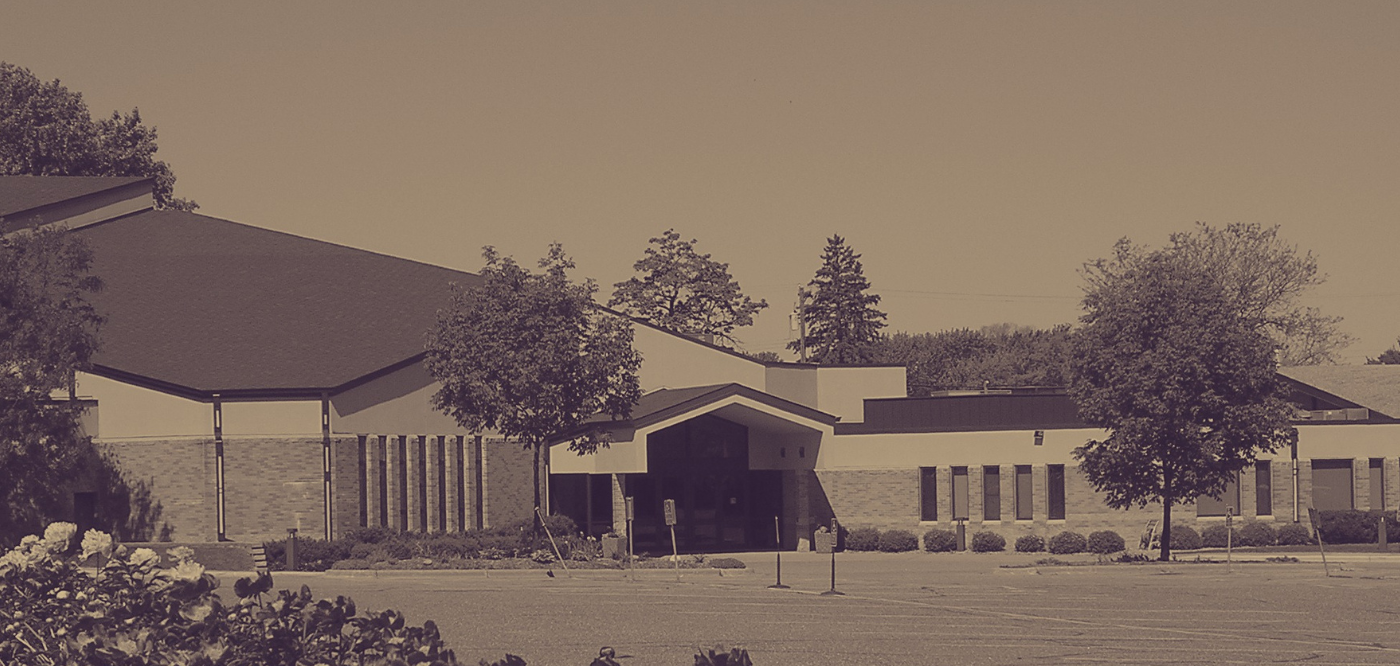
Over the past few weeks, we have been in a sermon series called, Storyline: How the Bible Makes Sense of Our Story. This series has traced the major contours of the biblical story commonly structured around creation, fall, redemption, and new creation. Through this series I hope you have seen that the overarching narrative of the Bible finds its fulfillment in Jesus. Approaching the Bible with an understanding that it is ultimately about Christ should influence the way we apply the Bible to our lives. Timothy Keller with his characteristic insight states, “There are, in the end, only two ways to read the Bible: Is it basically about me or basically about Jesus” (Keller, 60). There is perhaps no more important question to ask when we consider how to apply a passage to our lives. But as I will suggest below, I think our application often assumes we believe that the Bible is basically about us.
Below I will outline three common approaches to application and argue that as Christians, we should read the Bible with an eye for how it reveals Christ to us.
Me-Centered Application
One approach to the Bible is me-centered application. This approach reduces Bible reading to the question: what does this passage say to me? For example, take Psalm 51:1 when David prays, “Be gracious to me, God, according to your faithful love; according to your abundant compassion, blot out my rebellion” (CSB). Me-centered application bypasses the historical and literary context and is only concerned about how the text speaks to our context. But we need to take greater care when reading Scripture by first considering the original context.
Principle-Based Application
For a large portion of my Christian life, my focus was on what I would call principle-based application. This approach focuses on what the passage means in its original setting and then seeks to deduce a general principle for life application. But as with the first approach, there are cautions with this type of application. Keller warns that this approach to the Bible can lead to “moralism” (Keller, 60). The greatest danger with this approach is that it is often difficult to discern. But many sermons and Bible studies fall in this category. Is this how we should approach the Bible? Let’s return to Psalm 51 as an example. Is it appropriate to consider the original context of Psalm 51 and David’s moral failures, and then draw application by appropriating David’s words to our own moral failures? I want to suggest to you that to make the leap from David’s context to our own ignores the fundamental way we should read Scripture as Christians—understanding Scripture through the lens of the gospel.
Gospel-Centered Application
In his conversation with some of the Jewish leaders Jesus says, “You pore over the Scriptures because you think you have eternal life in them, and yet they testify about me” (John 5:39 CSB). In other words, it is possible to diligently search the Scriptures—to pore over the Scriptures—and to miss the point. Jesus tells us that we are to read Scripture through the lens of what he has accomplished (Luke 24).
So, how can we pay attention to the original context (authorial intent) pursue application and avoid moralism? I think the answer is gospel-centered application—understanding application as a response to what Jesus has done. Yes, we need to ask good interpretive questions such as what does the original author say to the original audience? But as Christian readers we need to ask another set of questions: Where does this passage fall in the overall storyline of Scripture? How does this passage reveal Christ? How does the gospel of Jesus shed light on this passage (Keller, 222-223)?
Let’s consider Psalm 51 in light of the cross. We have a fuller, more complete understanding of God’s “faithful love” and “abundant compassion” (v. 1). Because of Christ’s crucifixion and resurrection, we have a deeper knowledge of what it means that God can “blot out” our “rebellion” (v. 1). This might seem subtle, but there is an important distinction between this approach to Psalm 51 and the me-centered approach I mentioned earlier. This approach places our focus on Jesus and helps us understand the reason we can experience God’s forgiveness and cleansing grace. It helps us to see at a deeper heart level the way God has shown his love and compassion.
So, as you read the Bible, don’t bypass the original context as in the first example. Don’t reduce application to another form of moralism as in the second. Rather, keep the gospel central in both your reading and in the way that you apply the Bible to your life.
Work Cited
Keller, Timothy. Preaching: Communicating Faith in an Age of Skepticism. New York: Viking, 2015.
My thinking on gospel-centered application is influenced by David Helm’s lectures in the course, “Biblical Theology and Preaching,” produced by The Charles Simeon Trust.

About the Author
Tucker Anderson
Tucker Anderson served at Calvary Church 2015 to 2023. He is a graduate of Bethel Seminary and The Southern Baptist Theological Seminary. His passion is helping people develop a biblical worldview by understanding the relationship between the Old Testament and New Testament.


